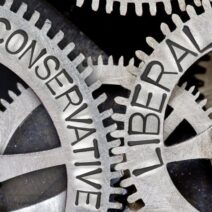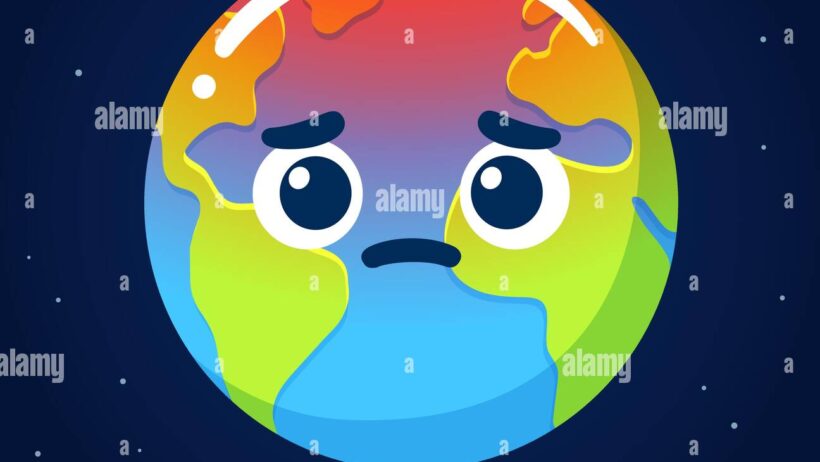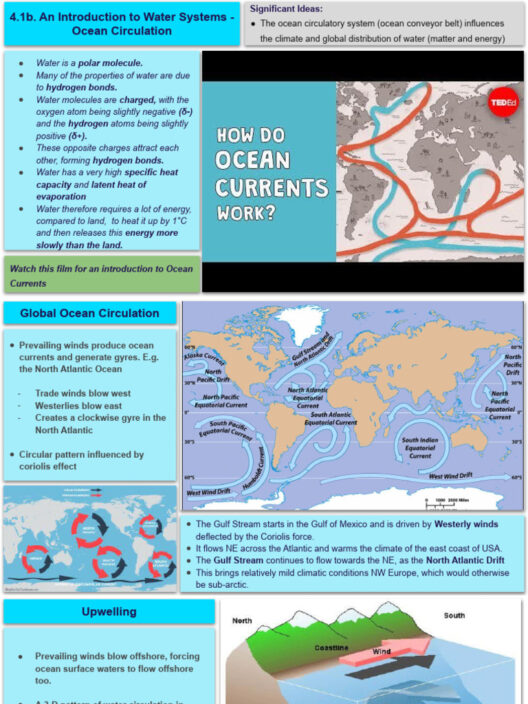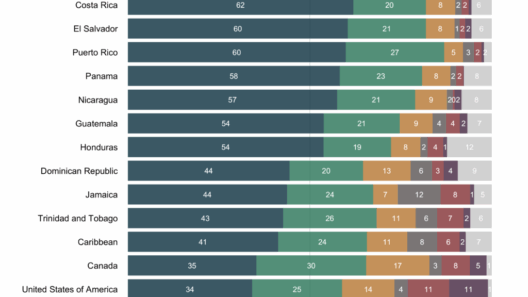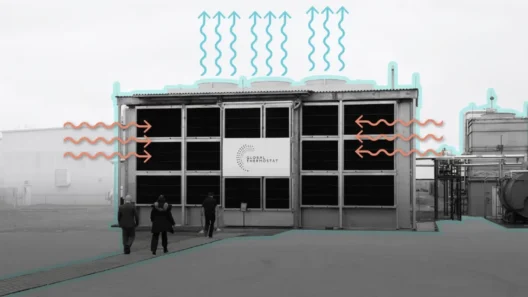Peru’s wildlife embodies the vibrant tapestry of biodiversity, featuring unique species adapted to its varied ecosystems, from the lush Amazon rainforest to the arid coastal deserts. Yet, as global temperatures rise and weather patterns shift, the inhabitants of these ecosystems face profound challenges. Could the majestic Andean condor, a symbol of Peru’s rich natural heritage, find itself soaring into extinction? This inquiry encapsulates the urgent narrative of global warming and its local implications for wildlife in Peru.
To grasp the full extent of the crisis, we must first understand the intricate symbiosis of Peru’s ecosystems. The Peruvian Amazon, home to approximately 20% of the world’s plant and animal species, is not merely a picturesque backdrop but a crucial component of the global ecological balance. Rainforests play a vital role in carbon sequestration, absorbing greenhouse gases and regulating the Earth’s climate. However, deforestation, exacerbated by agricultural expansion and illegal logging, undermines these functions and accelerates the impacts of climate change.
Moreover, Peru’s Andean region, characterized by its unique altitude-dependent habitats, faces a paradox. Glaciers, once majestic and towering, are rapidly receding, with studies forecasting a potential loss of over 70% of Peru’s glaciers by 2100. This alarming trend threatens the water supply for both humans and wildlife, as many species rely on glacial melt for survival during dry seasons. The iconic Vicuña, whose delicate wool has spun tales of luxury, now faces an uncertain fate as its high-altitude habitat alters irreversibly.
Additionally, the coastal ecosystems of Peru present their own set of challenges. The Humboldt Current supports a thriving marine biodiversity, including species like the endangered sea lion and the astonishing migratory birds. However, rising ocean temperatures and acidification jeopardize these marine ecosystems. Fish populations, including anchovy and sardines, so crucial to both local fisheries and global markets, are experiencing drastic shifts in distribution as they seek cooler waters, leading to socio-economic repercussions for coastal communities reliant on fishing.
The effects of global warming extend even to the high-altitude ecosystems of the Andes. In this region, climate change disrupts the delicate balance necessary for the survival of endemic species. Plants and animals that have evolved over centuries to thrive in specific microclimates find their existence threatened as temperatures rise and precipitation patterns become increasingly erratic. The charming but vulnerable bird species, the Andean flamingo, illustrates the dire consequences of changing environmental conditions, as their breeding grounds shrink and food sources dwindle.
Yet, while the plight of wildlife in Peru is formidable, it is not insurmountable. Local communities, often on the front lines of environmental degradation, can play a pivotal role in conservation efforts. Traditional ecological knowledge, passed down through generations, offers invaluable insights into sustainable practices. By harnessing these indigenous methodologies, communities can foster resilience against the adverse impacts of climate change while preserving their cultural heritage.
Furthermore, ecotourism emerges as a promising avenue for both economic development and biodiversity conservation. This approach, which aligns environmental stewardship with economic incentives, creates a symbiotic relationship between wildlife protection and community livelihoods. Initiatives that promote wildlife watching, guided nature tours, and conservation-based projects not only raise awareness about the fragility of ecosystems but also generate revenue that can be reinvested into conservation efforts.
Education also plays a crucial role in addressing the wildlife crisis in Peru. Understanding the interconnectedness of global warming and local biodiversity can foster a culture of environmental responsibility among both residents and visitors. Awareness campaigns and educational programs can empower communities to take ownership of their natural surroundings, promoting actions that mitigate climate change impacts.
On a policy level, immediate action is imperative. The government of Peru must prioritize conservation efforts and reinforce regulations against deforestation and illegal wildlife trade. International cooperation is equally vital, as climate change is a global challenge that transcends borders. Collaborative efforts, such as the Amazon Cooperation Treaty Organization (ACTO), can drive comprehensive environmental policies that resonate across the region, bolstering protective measures for wildlife.
The global community also bears responsibility in combating climate change. Nations must collectively commit to reducing greenhouse gas emissions and assisting vulnerable regions like Peru in adaptation strategies. Financial and technical support for sustainable development initiatives can empower local communities to build resilient ecosystems capable of withstanding the impacts of a warming climate.
In conclusion, the narrative of Peru’s wildlife in crisis is a compelling reflection of the broader story of global warming. As species like the Andean condor and the Vicuña face the daunting specter of extinction, the stakes grow ever higher. Will we act decisively to shield these irreplaceable components of our planet’s heritage from the precipice of despair? This imperative lies squarely within our grasp—an invitation to protect the fragile connections that sustain not only Peru’s extraordinary wildlife but our shared planet.
